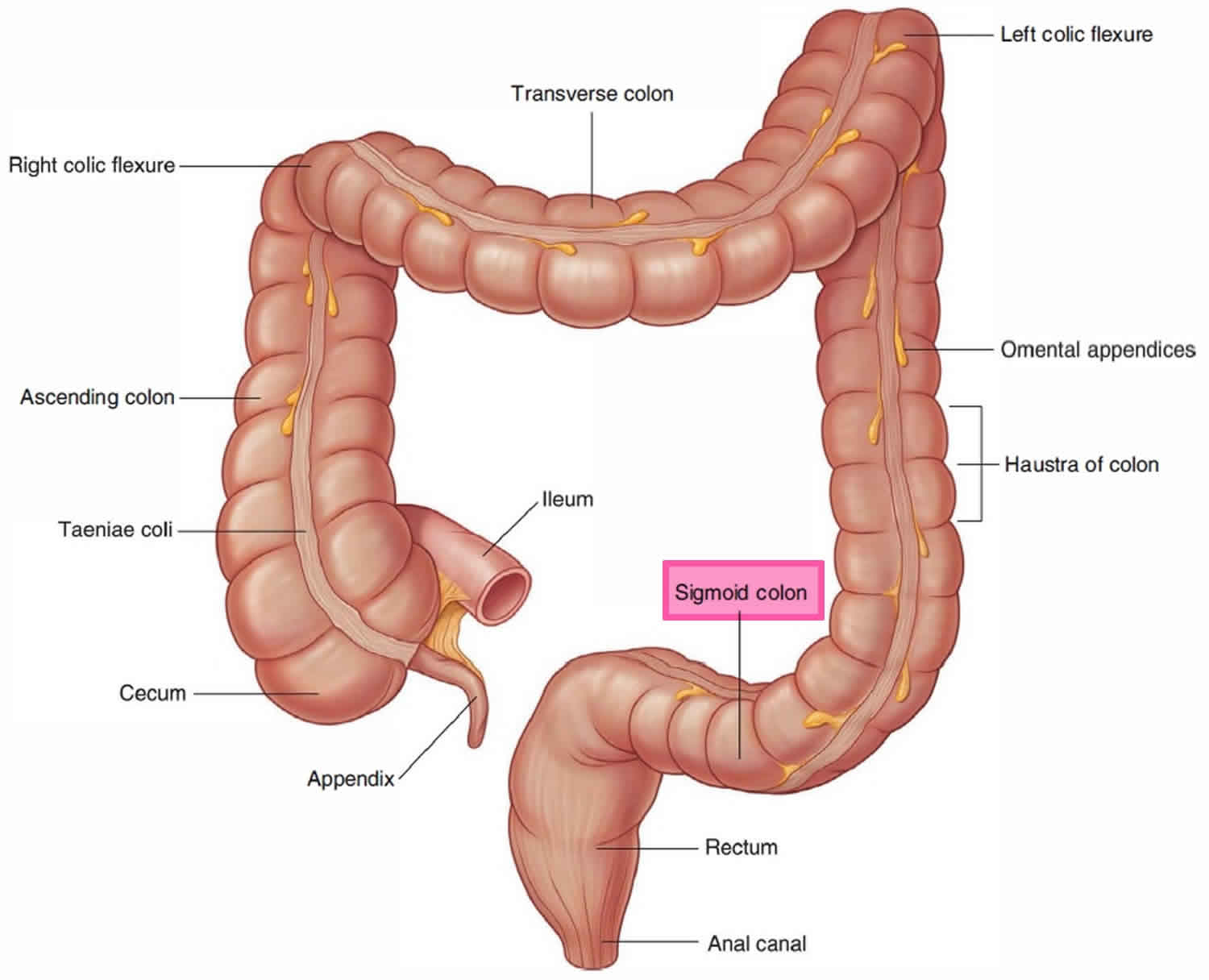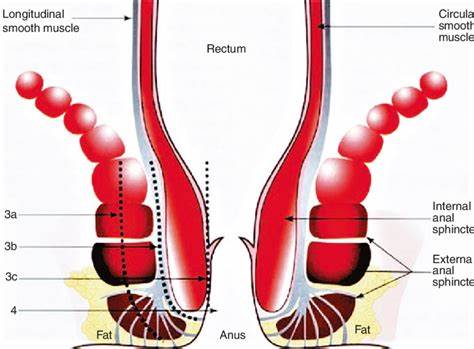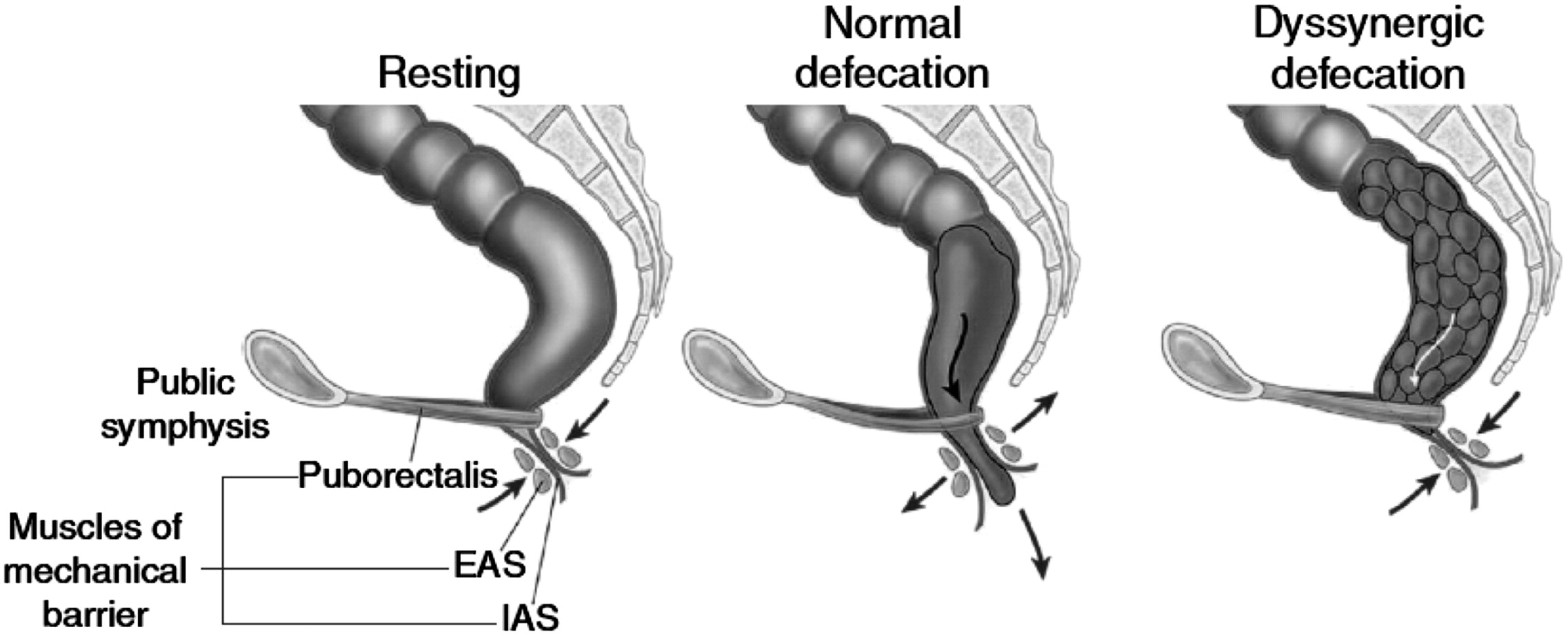Makindo Medical Notes"One small step for man, one large step for Makindo" |
|
|---|---|
| Download all this content in the Apps now Android App and Apple iPhone/Pad App | |
| MEDICAL DISCLAIMER: The contents are under continuing development and improvements and despite all efforts may contain errors of omission or fact. This is not to be used for the assessment, diagnosis, or management of patients. It should not be regarded as medical advice by healthcare workers or laypeople. It is for educational purposes only. Please adhere to your local protocols. Use the BNF for drug information. If you are unwell please seek urgent healthcare advice. If you do not accept this then please do not use the website. Makindo Ltd. |
Anatomy of the Rectum
-
| About | Anaesthetics and Critical Care | Anatomy | Biochemistry | Cardiology | Clinical Cases | CompSci | Crib | Dermatology | Differentials | Drugs | ENT | Electrocardiogram | Embryology | Emergency Medicine | Endocrinology | Ethics | Foundation Doctors | Gastroenterology | General Information | General Practice | Genetics | Geriatric Medicine | Guidelines | Haematology | Hepatology | Immunology | Infectious Diseases | Infographic | Investigations | Lists | Microbiology | Miscellaneous | Nephrology | Neuroanatomy | Neurology | Nutrition | OSCE | Obstetrics Gynaecology | Oncology | Ophthalmology | Oral Medicine and Dentistry | Paediatrics | Palliative | Pathology | Pharmacology | Physiology | Procedures | Psychiatry | Radiology | Respiratory | Resuscitation | Rheumatology | Statistics and Research | Stroke | Surgery | Toxicology | Trauma and Orthopaedics | Twitter | Urology
Related Subjects: |Anatomy of the Oesophagus |Anatomy of the Diaphragm |Anatomy of Large Bowel |Anatomy of Small Bowel |Anatomy of the Biliary system |Anatomy of the Eye |Anatomy of the Larynx |Anatomy of the Ear |Anatomy of the Pharynx |Anatomy of the Nose |Anatomy of Male Genitalia |Anatomy of Breast |Anatomy of the Stomach |Anatomy of the Rectum |Anatomy of the Spleen
The rectum is the final segment of the large intestine, playing a crucial role in the storage and expulsion of faces. Understanding its anatomy and physiology is essential for diagnosing and treating various rectal disorders and diseases.


Anatomy of the Rectum
- Location and Structure :
- The rectum is approximately 12-15 cm long and extends from the sigmoid colon to the anal canal.
- It is located in the pelvic cavity, anterior to the sacrum and coccyx.
- Divisions of the Rectum :
- Upper Rectum : The proximal third, continuous with the sigmoid colon.
- Middle Rectum : The middle third, located within the pelvis.
- Lower Rectum : The distal third, leading to the anal canal.
- Layers of the Rectal Wall :
- Mucosa : The innermost layer, lined with columnar epithelium.
- Submucosa : Contains blood vessels, lymphatics, and nerves.
- Muscularis : Composed of an inner circular and an outer longitudinal layer of smooth muscle.
- Adventitia : The outermost layer, consisting of connective tissue.
- Blood Supply :
- Arterial supply from the superior rectal artery (branch of the inferior mesenteric artery), middle rectal artery (branch of the internal iliac artery), and inferior rectal artery (branch of the internal pudendal artery).
- Venous drainage through the superior, middle, and inferior rectal veins.
- Nerve Supply :
- Innervated by the autonomic nervous system: parasympathetic fibers from the pelvic splanchnic nerves and sympathetic fibers from the lumbar splanchnic nerves.
- Somatic innervation from the pudendal nerve, which controls voluntary sphincter function.
Physiology of the Rectum
- Storage Function :
- The rectum serves as a temporary storage site for feces before defecation.
- Its walls can distend to accommodate varying volumes of fecal material.
- Defecation Reflex :
- Initiated when feces enter the rectum, causing distension and activation of stretch receptors in the rectal wall.
- Signals are sent to the spinal cord and brain, triggering the urge to defecate.
- The internal anal sphincter (involuntary) relaxes, while the external anal sphincter (voluntary) controls the passage of feces.
- Control of Defecation :
- Internal Anal Sphincter : Composed of smooth muscle, under involuntary control. Relaxes in response to rectal distension.
- External Anal Sphincter : Composed of skeletal muscle, under voluntary control. Maintains continence by contracting and delaying defecation until a socially appropriate time.
- Coordination between rectal contractions, sphincter relaxation, and abdominal muscle contraction is essential for effective defecation.
- Absorption :
- Limited absorption occurs in the rectum, primarily of water and electrolytes.

Common Rectal Disorders
- Haemorrhoids :
- Swollen and inflamed veins in the rectum and anus, causing discomfort and bleeding.
- Anal Fissures :
- Small tears in the lining of the anus, often caused by passing hard or large stools.
- Rectal Prolapse :
- Occurs when the rectum protrudes through the anus, often associated with weakened pelvic muscles.
- Colorectal Cancer :
- Malignancy that can develop in the rectum, often detected through screening methods like colonoscopy.
- Proctitis :
- Inflammation of the rectal lining, which can be caused by infections, inflammatory bowel disease, or radiation therapy.
Diagnosis and Treatment
- Diagnostic Methods :
- Digital Rectal Examination (DRE) : Physical examination to detect abnormalities.
- Proctoscopy : Visualization of the rectum using a proctoscope.
- Colonoscopy : Examination of the entire colon and rectum using a flexible scope.
- Imaging Studies : CT scans, MRI, and barium enema for detailed visualization.
- Biopsy : Tissue sampling for histopathological examination.
- Treatment Options :
- Medications : Includes topical treatments for haemorrhoids and fissures, antibiotics for infections, and anti-inflammatory drugs for proctitis.
- Surgical Interventions : Haemorrhoidectomy, sphincterotomy, rectopexy, and colorectal cancer resection.
- Lifestyle Modifications : Dietary changes to increase fiber intake, adequate hydration, and regular exercise to prevent constipation.
- Pelvic Floor Therapy : Strengthening exercises for rectal prolapse and incontinence.
Summary
The rectum plays a vital role in the storage and elimination of feces, involving complex coordination of neural, muscular, and physiological processes. Understanding rectal anatomy and physiology is crucial for diagnosing and treating rectal disorders effectively, ensuring proper digestive health and quality of life.